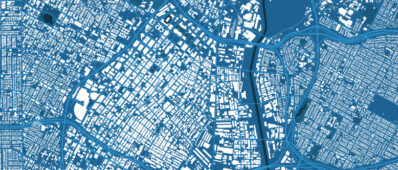Abstract
Despite recent improvements, Southern California experiences some of the worst air pollution nationwide. California has passed the strictest emission regulation in the nation to deal with the problem. The most controversial regulation mandates the sale of zero-emission vehicles: 2% of automobile sales by the major manufacturers must be zero-emission vehicles in 1998, 5% in 2001, and 10% by 2003. But simply mandating sales does not fully address the problem. Questions still remain: Under reasonable technological assumptions, what will the demand for alternative-fuel vehicles be? Will this demand greatly reduce emissions in Southern California? And if so, by how much? My dissertation addresses these important questions through the use of a dynamic microsimulation model. Microsimulation models begin with a sample of households or firms from the population. Each period the sample is faced with changing circumstances (such as the introduction of a new vehicle type), and their response is forecast based on models of their decision-making process. Since automobiles are a large consumer durable that must meet the needs of the entire household, when the household undergoes a demographic change, their vehicle needs will change. It is important to model household changes as part of the simulation process. In the first part of my dissertation, I develop demographic models which are used to simulate household changes. They extend previous models in three main ways: (1) by using continuous time hazard models, (2) by allowing for inter-dependencies across the various types of change that a household may undergo, and (3) by including several important explanatory variables such as race, gender, income, education, employment status, and indicators of previous demographic changes. I then run the microsimulation model under several different assumptions about the availability of alternative-fuel vehicles, vehicle prices, operating characteristics, fuel prices, and fuel availability. For each run, I determine total emissions using the forecasts of vehicles by vintage and fuel type, mileage estimates for each vehicle, and emission factors for each vehicle. I look at scenarios with different purchase price assumptions for electric vehicles, without the option of electric vehicles, and with different purchase price assumptions for CNG vehicles. Based on my comparison of the scenarios, I find that reducing the price of alternative-fuel vehicles does not necessarily lead to reductions in emissions. During the first few years, emission levels may actually increase if households trade off usage between a limited range alternative-fuel vehicle, and their second or third vehicle (which is typically an older gasoline vehicle). I also find that the option of electric vehicles leads to a definite and immediate improvement in emissions (or conversely, that removing the option of electric vehicles increases emissions). Using cost estimates from Small and Kazimi (1995), the health benefits of those emission reductions are valued at between $40 million and \$140 million. While a significant benefit, it is the same the magnitude as the United States Advanced Battery Consortium’s yearly research budget. Since the battery consortium’s budget is only a tiny fraction of the costs associated with the current electric vehicle mandates, the most prudent policy may be to abandon the current mandates for more cost effective policies.


